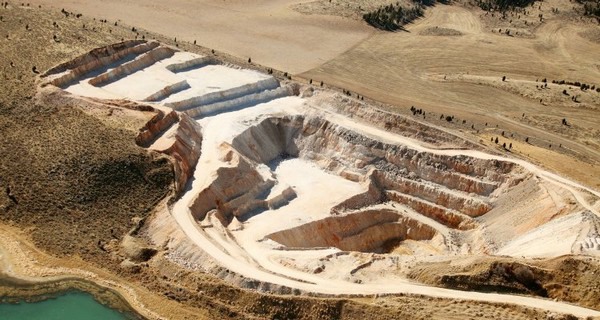Greenhouse horticulture uses various fertilizers, including phosphate. This element (P) is mainly sourced from mines in countries such as Morocco, China, and the USA. Mining and transportation of this fertilizer impose an environmental burden, and there will come a point when phosphate reserves become depleted. The Business Unit Greenhouse Horticulture and Bulbs at Wageningen University & Research is investigating alternative sources and how they can be implemented for greenhouse horticulture.

Phosphate is not only used as a fertilizer in greenhouse horticulture but also in agriculture. In agriculture, phosphate is one of the components of the manure that is spread on fields. However, there are significant differences in the way fertilizers are used in greenhouse horticulture: for example, fertilizers must be soluble in water, and the fertilizers can be administered individually to the irrigation water (i.e., per element). This means that alternative sources and routes for renewable phosphate need to consider current practices.
Wageningen Plant Research (WPR) is investigating various sources together with Wageningen Food & Biobased Research (WFBR) and Wageningen Food Safety Research (WFSR). Some examples include sewage sludge ash from incinerators, effluent from sewage treatment plants, animal fertilizers, and animal residues.
Each of these sources has its own characteristics. For example, effluent from sewage treatment plants only contains a very small percentage of phosphate. WPR, WFBR, and WFSR are researching the sources for factors such as applicability, technical requirements, contaminants, and scalability while considering legislation and possible business cases. From the most promising sources and potential applications, a selection will be made for further work in a Living Lab, which is yet to be established. Stakeholders from the government and business sectors will also be involved in this process.
Source: wur.nl
